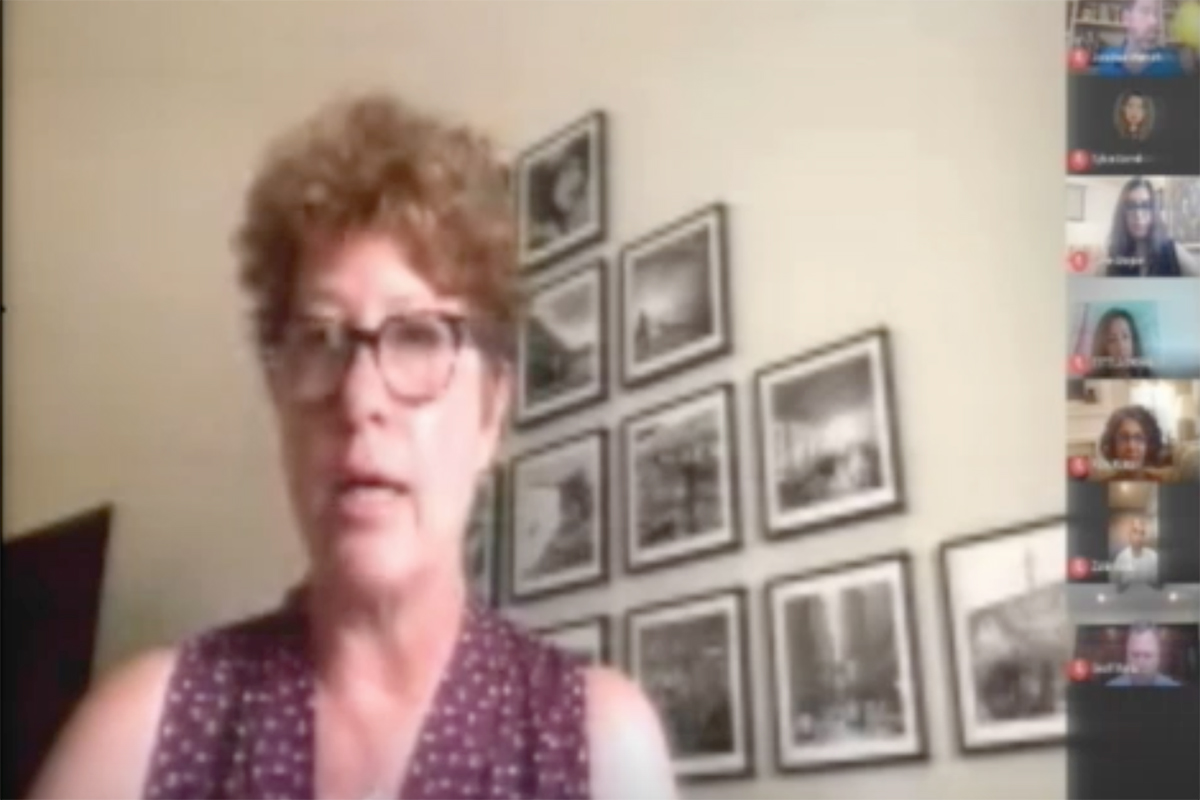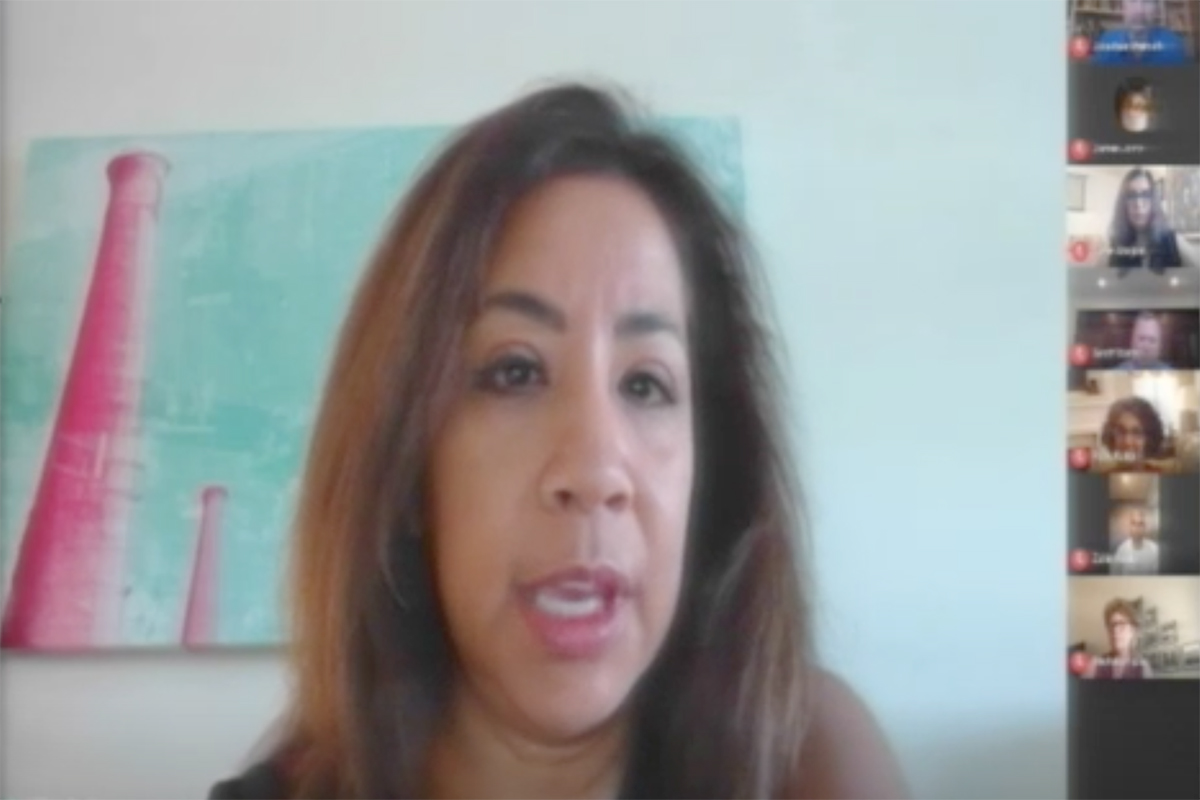Amid tensions between SPUSD teachers, parents and the school board, the South Pasadena Board of Education addressed issues pertaining to the learning models to be implemented for the 2020-21 school year, which began on Thursday, August 13.
Parents were notified by SPUSD via press release and email that public comments could be made in advance to be read aloud at the meeting. It’s important to note that the 86-page TASP proposal was not publicly shared by TASP until the August 8 meeting – leaving no time for parents to review and respond to SPUSD.
During the special ‘web-conference’ board meeting on Saturday, August 8, public comments were read aloud, many coming from parents who had felt that the TASP-proposed model sacrificed a day’s worth of their children’s education on Fridays. In the proposal, part of the structure would designate that day for “wellness” which encapsulates “school-wide activities, counselor meetings, professional development, and teacher collaboration.”

Those Fridays were also noted by Teachers Association of South Pasadena (TASP) to be essential for student-teacher health and relationships, but also sustained that it would still be a full workday for teachers, citing the overwhelming workload that instructors — even the more technologically-inclined — faced when teaching remotely.
Charts included in the Secondary Model, which was presented by TASP president Estela Morales, outline the estimated time parsed out between total teacher work hours allocated for Asynchronous — of which the “high estimate” for 1 prep pans out to 12 hours — and Live Synchronous instruction — of which the “high estimate” for 1 prep is 11.2 hours. The numbers averaged between the low and high estimates still left teachers working overtime according to the plan.
The proposal, approved by over 100 teachers, also elaborates in a detailed breakdown of what an average ISDLP lesson would encompass.

“A hybrid model should not be the same as but would mimic the Distance Learning
Model, with modifications based on research to address pedagogical differences and safety issues. We can take time to negotiate a workable Hybrid Model because the situation is always evolving, and we don’t need to submit the plan until 9/30/2020. We want to provide the best possible solutions in both formats,” a portion of the model also reads.
Through a statement released by TASP, criticisms were expressed over the process of approval for the impending distance-learning hybrid model that has been adopted by the school district, as restrictions and controversy continue to hamper school systems nationwide while they work to find solutions to an unusually complicated, covid-centric hurdle.
In the TASP letter, published on August 2, representatives of the group mentioned the lack of inclusion that they felt as administration “scrapped” at least a month’s worth of research conducted by faculty through discussions, focus groups, and e-mail correspondence in order to create an optimal learning model for students. “Teachers and administrators were all a part of this discussion, and we brought public-health research and pedagogical expertise to the discussion,“ reads the letter which continued to summarize a timeline that said on July 10, the teachers’ model was replaced by one created by the district, a move TASP says “damaged teacher morale and trust.”
According to TASP, less than a week afterwords on July 16, the School board had presented the SPUSD model as the only option, gaining approval despite the opposition communicated by numerous teacher comments.
Some parents were quick to respond with a letter of their own on August 3, claiming that the complaints in the TASP letter still did not effectively propose a solution. The 12 parents who signed the letter demanded that the TASP approved model be made public so that it could be “publicly shared for discussion by parents, teachers, and administration, rather than simply acknowledging its existence.”
While both models met district guidelines, the board ultimately motioned to move forward with the administration approved model, and not the TASP model.
The effort did not go unacknowledged however, as many on the board did see the merit in the proposal and took it as a possible reference for improving the existing model in the upcoming semesters.
Anticipating schools beginning on Thursday, Board Member Zahir Robb said “Parents are feeling anxiety, teachers are feeling anxiety, we are entering uncharted waters,” at the regularly scheduled meeting that addressed Saturday’s decision on August 11.
Board member Ruby Kalra added that when it comes to distance-learning, “it’s not the distance, the key word is ‘connection’.”
No response from TASP in regards to the school board’s decision has been made public at this time.















.png)







